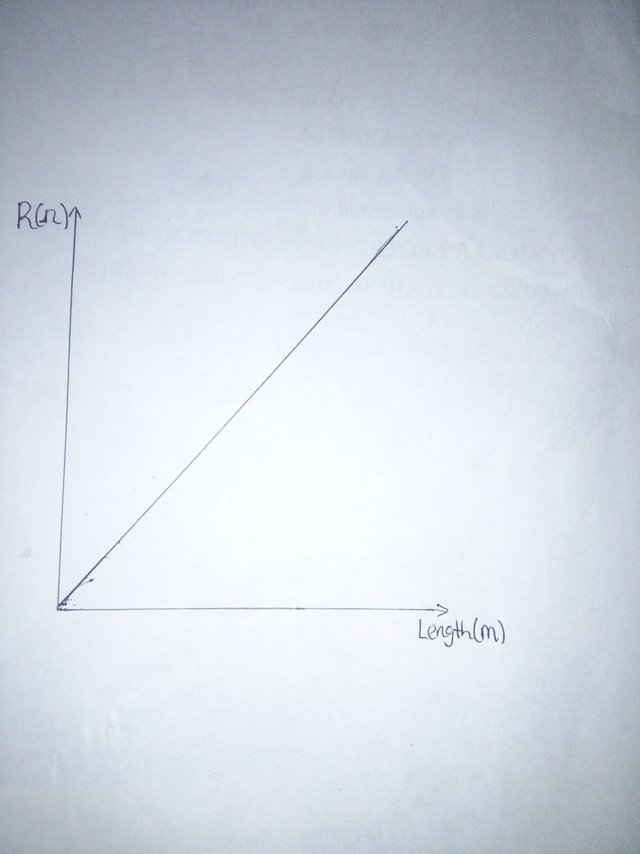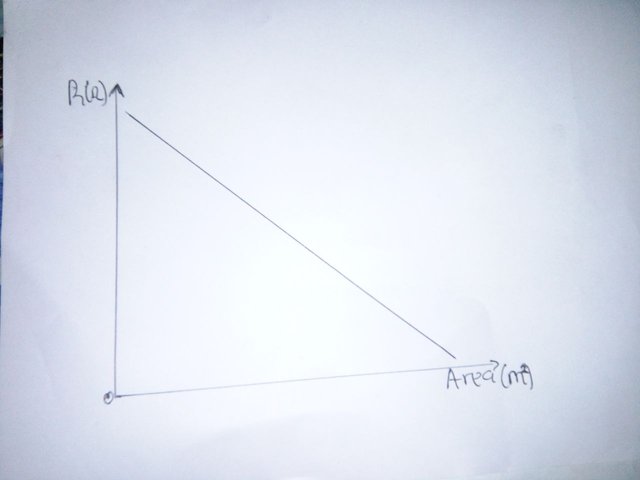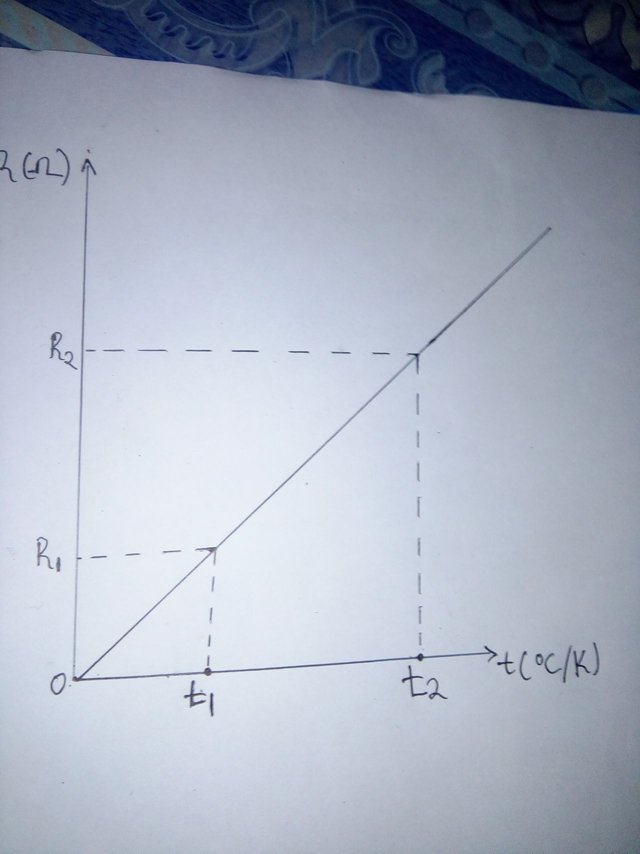Understanding The Impedance of A Conductor With Respect To The Nature Of Current
Introduction
The impedance of a conductor comprises the resistance of the conductor and the impact of induction of voltage on the conductor due to surrounding magnetic field. Coming to the nature of current, there exist DC and AC, resistance holds for both AC and DC circuits while inductance exist on AC circuits but absent in DC circuits.
On this article, we would focus on the factors influencing resistance of both AC and DC carrying conductor; then in the next article, I will focus on factors influencing only an AC carrying conductor which after, we dig into inductance.
Resistance of A conductor
Defining resistance as it related to electrical energy is not a big deal for any one that passed through college or even read articles about electricity generation, transmission and distribution. The general way of defining resistance is "the opposition to the flow of electrical energy"
Virtually every science student knows about resistance but does not understand indepthly the concept of resistance as it relates with conductor used in transmission and distribution of electrical energy and also the nature of current
It is essential to know that when DC is passed through a conductor, it distributes itself uniformly along the conductor but it is not so for AC, ac distributes itself in some part of the conductor more than the other. This contributes to the reasons why considerable small area conductors get burnt while carrying AC but would not burn while carrying DC.
Having know what is electrical resistance, we now dig deep into the various factors that can have effect on the resistance of a conductor with respect to the nature of the current flowing in it.
Resistivity of the Conductor
Have you ever why superconductor(a conductor with zero resistance) has not being realized? It is mainly because of resistivity. Resistivity is what is natural in natural in dielectrics. The higher the resistivity of a dielectric, the closer it is to an insulator than a conductor.This means that the major difference between a natural conductor and insulator is their respective resistivity. Hence, resistivity generally means the major of the extent which a material can resist electrical energy.
The symbol for resistivity is ρ(rho)
Relating resistivity to racing, it can mean the frictions(air) trying to make the athlete give up
Length of the conductor
The length of a conductor has a significant impact in the resistance of that conductor (this is valid for both Ac and Dc circuit).Imaging two athletes of the same qualities running a race, lets say the first athlete is to run a race of 100M and the other athlete has to run a race of distance 500M. who would get to the end of the lap first? and who would get more tired or loose more energy?

Image credit: @ikchris
similar thing is applicable in a conductor. When current is flowing from a source to a load relatively far from the current source(a lengthy conductor) some of its virtue would drop along the conductor(just like the athlete loosing energy while running). The longer the conductor, the more the resistance
Area of The Conductor
Area is a function of the width (for a rectangular conductor) or diameter(for a circular conductor). The higher the width or areas of a conductor, the more it becomes a good conductor(i.e under typical condition of frequency of 50-60Hz).In explaining how area affects the conductivity of a conductor, I will use one real life example:
Imaging you have two similar water reservoirs placed on a considerable heights, one of these reservoirs has a wider nozzle(tap for dispensing water) and the other reservoirs has a relatively small nozzle. On turning the two taps, water would rush faster in the tap with wider nozzle than that of the small nozzle.

Image credit: @ikchris
Now, relating this to conductors, more electrons would flow easily on a conductor with large area.
Temperature
Temperature is simply the degree of hotness or coldness of a body at a particular period of time. Temperature increases the conductivity of semiconductors but not so with conductors; the resistance of metallic conductors varies linearly with temperature, at a very high temperatures, some conductors tend to exhibit less conductivity forIn a metallic conductor,, only electron is necessary for conduction. However, when the temperature of a conductors goes beyond certain range, the ions in the metal gains energy and starts vibrating in their mean position, these vibrating ions tends to collide with moving electrons, hence, only few electrons can get to the other end of the conductor successfully. Electricity is simply the movement of electrons, so once free movement of electron is impeded by the ions, electricity is opposed.
The mathematical relationship between the resistance and temperature of a conductor is as shown below
R1/(T + t1) = R2/(T + t2)
Where:
R1 = initial resistance of the conductor
T = Common temperature of the environment
t1 = initial temperature of the conductor
t2 = new temperature of the conductor
R2 = resistance at temperature t2

Image credit: @ikchris
This post has been voted on by the SteemSTEM curation team and voting trail. It is elligible for support from @curie.
If you appreciate the work we are doing, then consider supporting our witness stem.witness. Additional witness support to the curie witness would be appreciated as well.
For additional information please join us on the SteemSTEM discord and to get to know the rest of the community!
Thanks for having added @steemstem as a beneficiary to your post. This granted you a stronger support from SteemSTEM.
Thanks for having used the steemstem.io app. You got a stronger support!